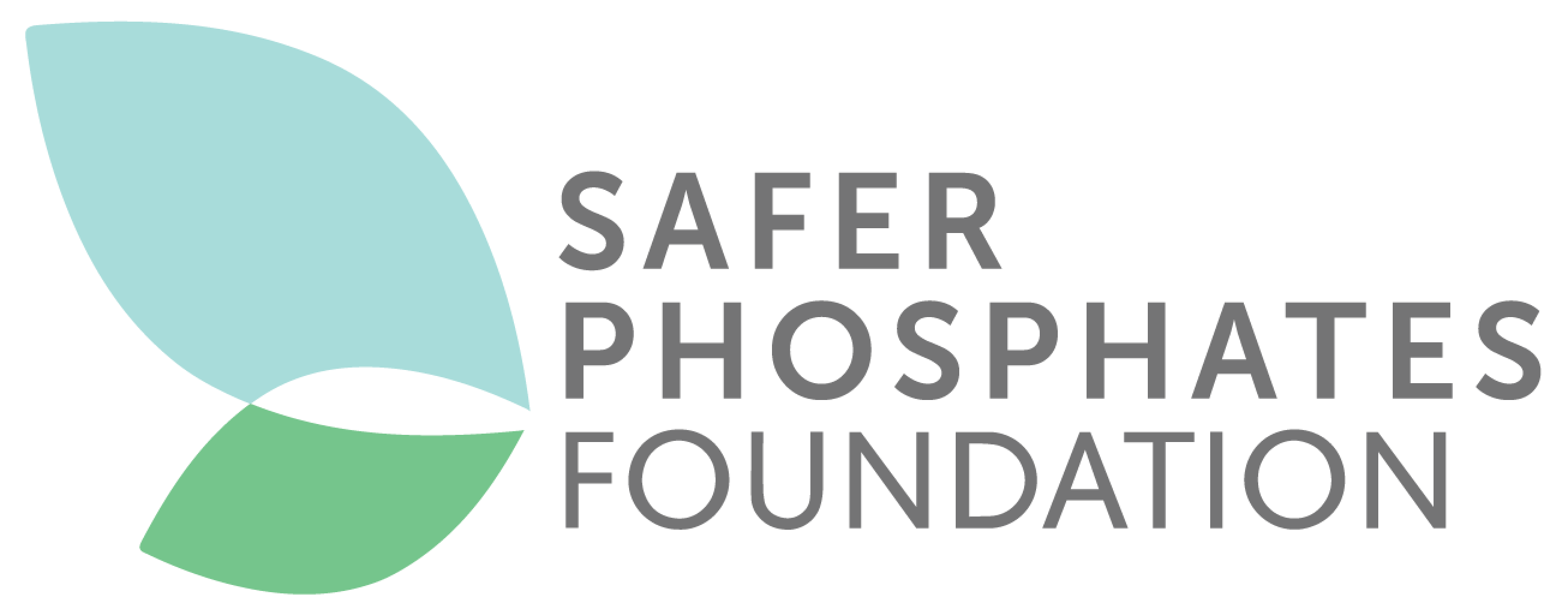In this report, the authors used a land balance approach to describe spatial variations in concentrations/losses and inputs of nitrogen (N) and phosphorus (P), as well as the four most prevalent heavy metals, namely cadmium (Cd), copper (Cu), lead (Pb) and zinc (Zn), in European agriculture.
)
The report highlights how the risks of nitrogen, phosphorous and metals in soil depend on several spatially variable factors, including “soil properties, agricultural management and climatic conditions. Only by combining such data in a model environment allow to evaluate regional differences in risks. This also enables the user to evaluate measures to reduce effects which also need to be adjusted according to the area of interest.”
The authors point out that, while agriculture is vital to Europe’s prosperity, intensive farming can have serious environmental impacts due to the accumulation and loss of major nutrients such as nitrogen and phosphorus, as well as the accumulation of heavy metals such as cadmium, in the soil.
Fertilizer and manure provide major nutrients essential for food security, but they are also a source of input metals that may have an impact on soil biodiversity and, in the case of cadmium, on food quality.
“Copper and Zinc are essential micronutrients for crop growth and animal health, but at high concentrations in the soil, they can harm soil biodiversity. Cadmium and Lead are toxic metals with no known function for living organisms that, if present at excessive levels, lead to soil degradation, both by affecting soil biodiversity and by transferring them into food and feed crops.”
The study identifies mineral fertilizers and atmospheric deposition as the main inputs of cadmium into agricultural soils.
In assessing the risk that cadmium poses to food quality, the authors state that: “For cadmium, current (2010) concentrations in soil are largely below the critical threshold level in soil in view of food quality. Due to the rather mobile character of cadmium in soil, leaching losses are pronounced which also implies that current inputs do not exceed critical inputs in 96% of the total surface area used for agricultural crop production. Only in Spain, Greece and small parts of southern Poland, current inputs are such that with time the soil cadmium concentration can exceed the critical threshold cadmium concentration in view of food safety. In Poland this is predominantly due to high inputs whereas in Spain and Greece this is due to very low leaching rates which facilitate cadmium retention in the (top) soil.” More detailed information on the findings of this study is available here.

